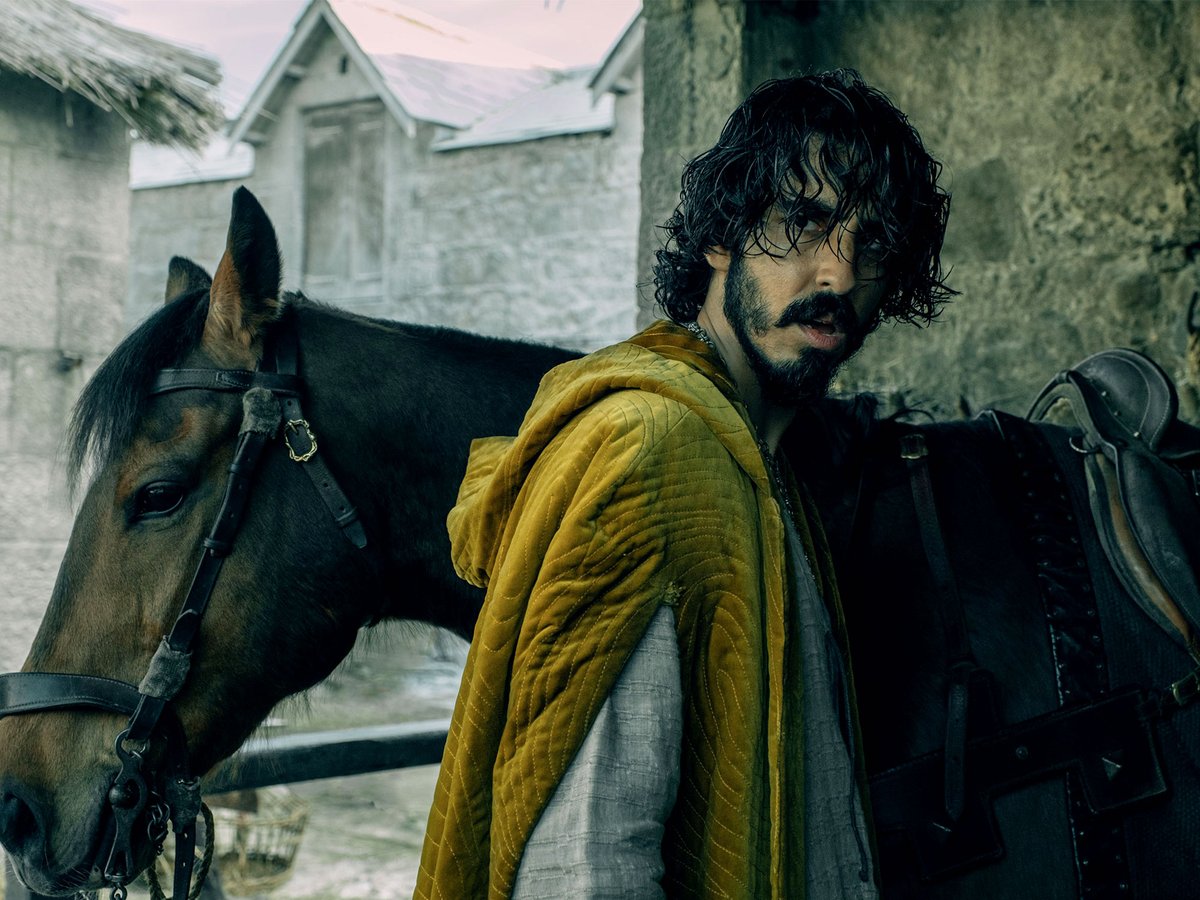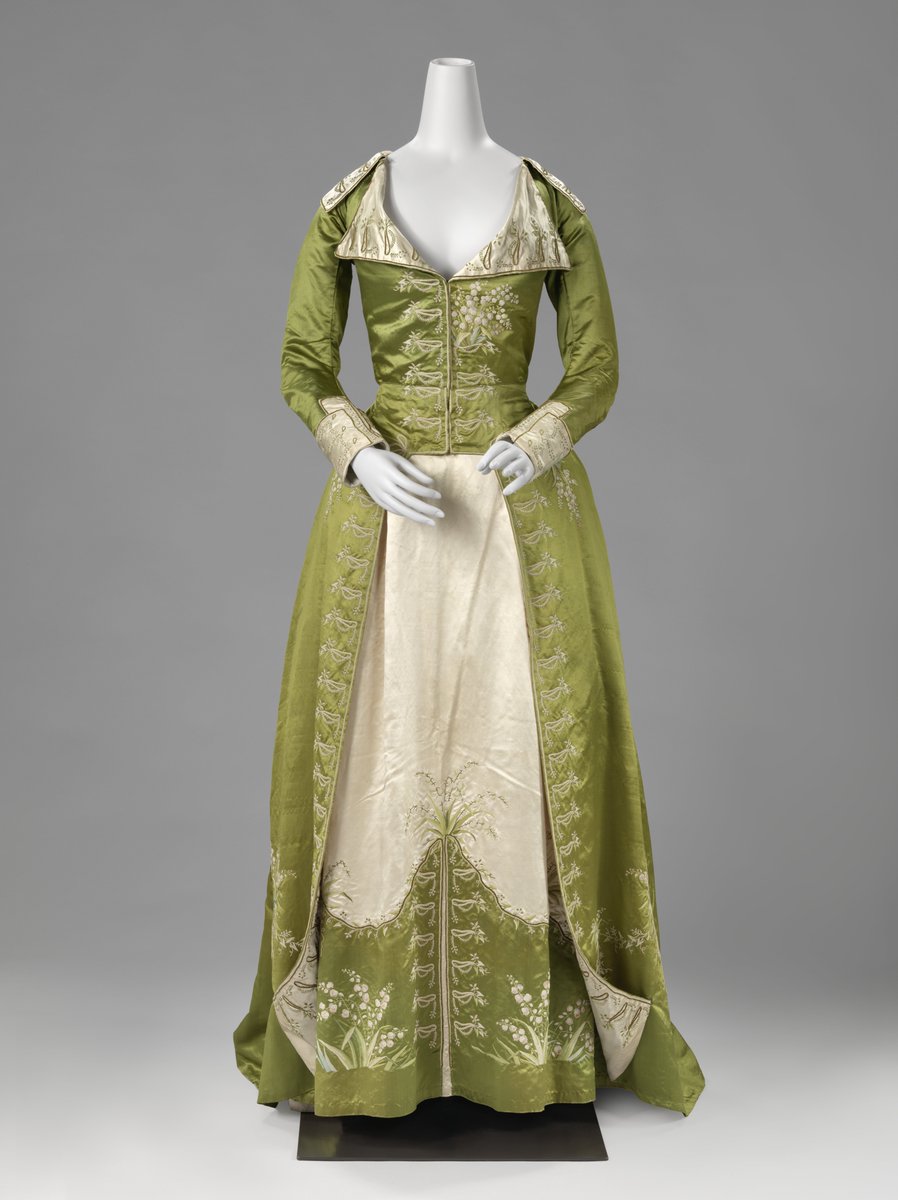
It's astounding how often spicy scenes get trashed in fantasy, but I find I spend way more time working them out--especially because they have to serve a lot of purposes.
For me, it's always an emotional/character moment. The reader is going to be REALLY paying attention now.
For me, it's always an emotional/character moment. The reader is going to be REALLY paying attention now.
This is especially true in a romance, where the characters are coming together for the FIRST TIME.
It's got to have that emotional punch, and a lot of complexity. Otherwise it's like a bad fight scene. Lots of equipment/weapons, and bad choreography.
It's got to have that emotional punch, and a lot of complexity. Otherwise it's like a bad fight scene. Lots of equipment/weapons, and bad choreography.
Personally, for me, *how* a character initiates intimacy, with whom, and in what way, is a big glimpse into who they are.
I love writing it.
I love writing it.
*also applies how they DON'T*
(I also write asexual characters sometimes, but in this case talking about my demis and allosexuals.)
(I also write asexual characters sometimes, but in this case talking about my demis and allosexuals.)
But if I hear one more hot take that's like "I loved this fantasy novel but people had sex in it and so I hated it" I might spontaneously combust.
• • •
Missing some Tweet in this thread? You can try to
force a refresh




















